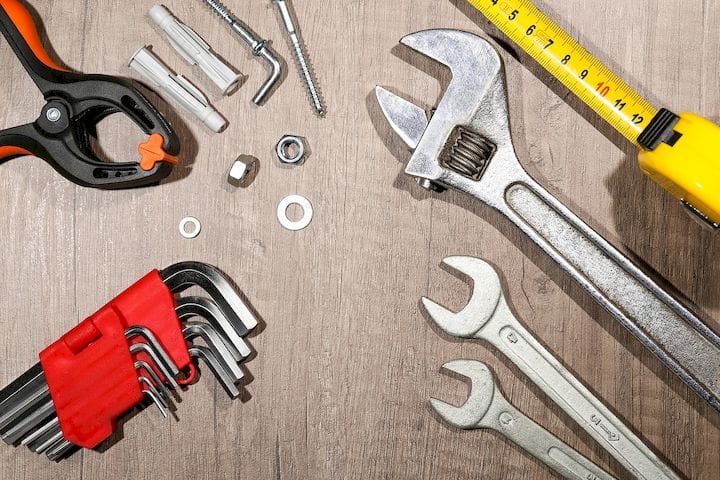![3D printer maintenance tools [Source: Pixabay]](https://fabbaloo.com/wp-content/uploads/2020/05/image-asset_img_5eb097f59c002.jpg)
Do you know how to maintain your 3D printer?
In our lab we’ve realized something important about operating a fleet of 3D printers: maintenance is very important, even if the 3D printer manufacturer doesn’t seem to think so.
What do you mean, the 3D printer company doesn’t think so? Yes, that’s correct: some don’t seem to think maintenance is important, and there are reasons for them to believe so.
What is 3D Printer Maintenance?
First, what is 3D printer maintenance? It is a regular schedule of activities that should be undertaken at intervals to minimize the likelihood of unscheduled problems in the future. For example, if certain moving parts are not regularly lubricated, there may be a drop in quality or even print failures.
Different machines require slightly different maintenance procedures due to the differing mechanical designs. Machines with different 3D printing processes (e.g., resin vs filament) require utterly different maintenance processes.
It seems that there is a difference in philosophy between 3D printer manufacturers. Some abide by the scheduled maintenance approach. They will provide a specific list of activities you must undertake periodically to ensure proper machine function. Sometimes they even provide tools and materials (like lubricants) for you to do so. Other companies, typically for larger industrial equipment, will offer service programs you can subscribe to.
But then there’s the other class of 3D printer manufacturers that have a very different philosophy: don’t do maintenance. Their approach is to simply await a failure, and then replace whatever is broken at that time.
Why would a 3D printer manufacturer have such a policy? Here are some possible reasons:
-
Don’t need to spend the effort figuring out a maintenance program
-
Hope to sell more spare parts as machines fail due to lack of maintenance
-
Hope to sell replacement machines instead of repair services and part
None of these benefit the 3D printer operator, as you can see.
3D Printer Maintenance Strategies
Thus it is in your interest as a 3D printer operator to create a maintenance schedule for your devices, even if one has not been provided by your manufacturer. But how can you do so, given you don’t know much about the machine?
The first strategy should be to contact the manufacturer and demand a maintenance schedule. They may actually have one, but just don’t distribute it by default. If so, then you should be in good shape, as they likely have the precise steps necessary for your particular machine.
The second strategy is to ask others who may have already developed their own. This can be done by submitting a question to the online forums dedicated to your specific device. Hopefully someone has already done some work in the maintenance area.
Finally, if all else fails, you must develop your own maintenance schedule, and it may not be as daunting as you might imagine. One approach would be to find another type of device that is similar in design and “steal” its maintenance schedule by adapting it for your own machine.
3D Printer Maintenance Activities
If that doesn’t work, you must resort to starting from scratch. However, many typical maintenance activities are common between many types of devices. For example:
Keep the machine tidy: Remove stray bits, not because they are unsightly, but because they may fall into moving parts and cause trouble
Keep things tight: Ensure all bolts, screws and belts are appropriately snug. Tightening belts is sometimes tricky, but there are usually procedures available online to do so.
Keep things up to date: Ensure your device has the most current software releases installed, as they usually have the most fixes.
Keep things moving: Any lubricated components of the machine’s motion system should be inspected and possibly lubricated.
Keep things clean: Surfaces, particularly the print surface in extrusion devices, or the laser path in resin machines, should be absolutely clean. This may require cleaning with specialized solutions like isopropyl alcohol.
If all else fails, the above is probably at least a very good start on a 3D printer’s maintenance schedule.











